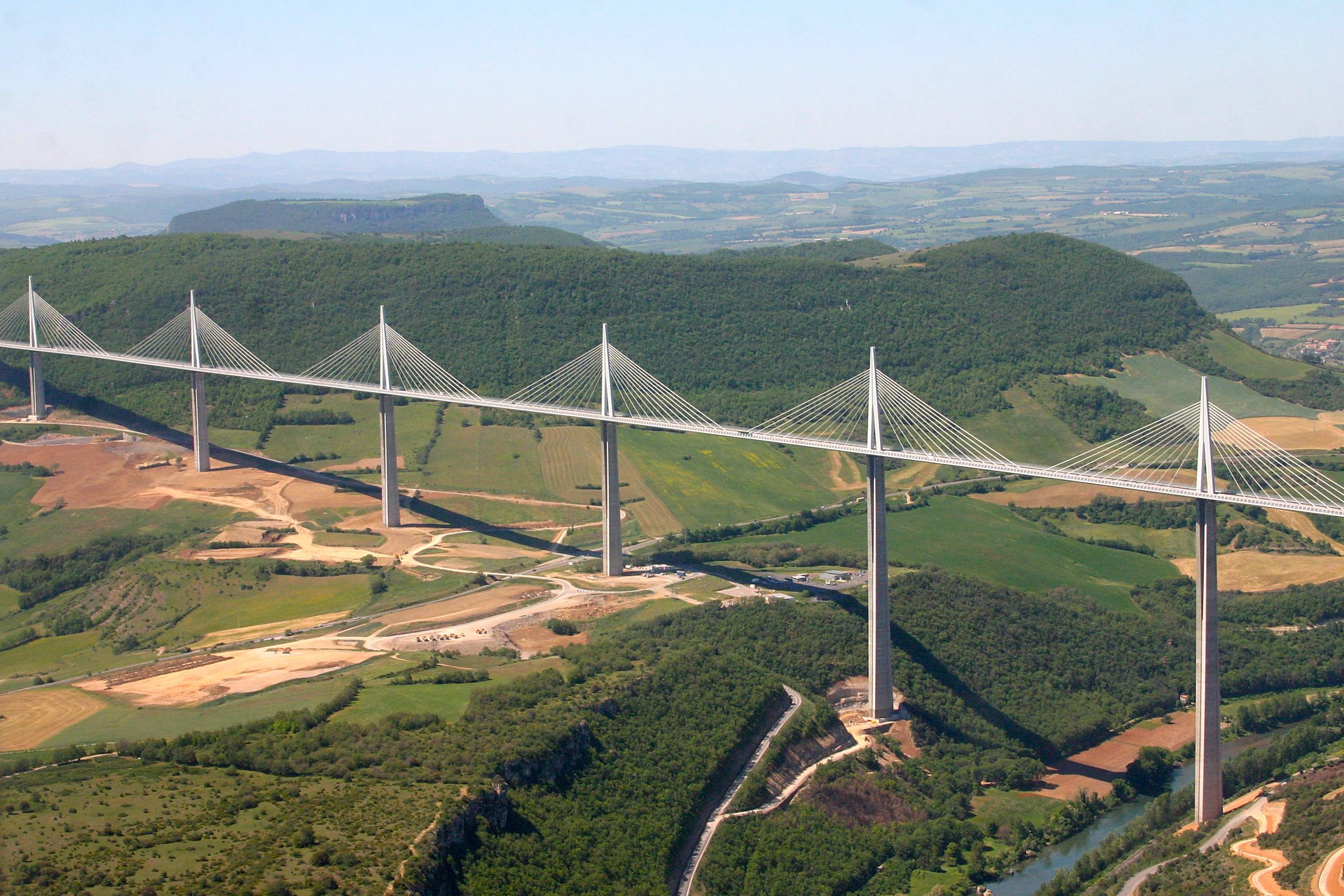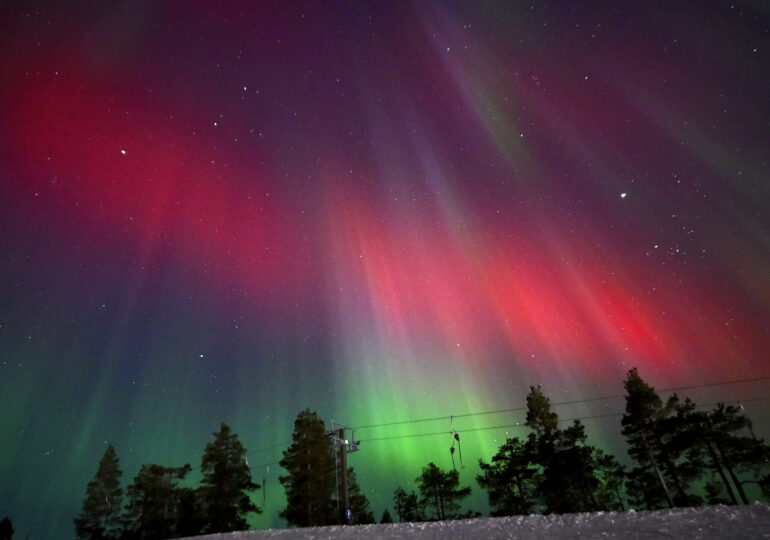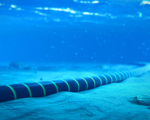The Millau Viaduct: How the World’s Tallest Bridge Transformed the Map of Europe

The Millau Viaduct, a stunning feat of engineering and design, has significantly reshaped Europe’s landscape and transportation network. Spanning the Tarn gorge in southern France, this bridge stands as the world’s tallest, with a structural height of 336.4 meters (1,104 feet), and stretches 2,460 meters (8,070 feet) in length. Its striking presence is so notable that it can be seen from space and has become a major destination for tourists.
Unlike traditional bridges that connect points of similar elevation, the Millau Viaduct arches gracefully across a valley, its seven piers ranging from 78 to 245 meters (256 to 804 feet) in height. The bridge’s design includes expansive 342-meter (1,122-foot) spans, allowing it to elegantly navigate the undulating terrain. Its road deck, weighing 36,000 tons and measuring about 14 feet thick, is supported by steel pylons and cable stays that ensure stability and smoothness for travelers.
The viaduct’s creation was driven by the need to alleviate traffic congestion in Millau and improve north-south travel across France. The region’s challenging geography, characterized by deep valleys and highlands, made the project both complex and critical. The French government, aiming to enhance the road network and resolve severe traffic issues, initiated the project in the 1980s.
The design phase, led by engineer Michel Virlogeux and architect Norman Foster, involved overcoming significant challenges. The team decided on a cable-stayed bridge to balance aesthetic beauty with structural efficiency. The viaduct’s slender, elegant design was intended to blend with the natural landscape rather than dominate it.
Construction began in October 2001 and was completed in December 2004, costing approximately 400 million euros ($437 million). Despite initial local opposition fearing the bridge would mar the scenic beauty of the area, the viaduct ultimately enhanced the landscape and attracted tourists. Its creation resolved long-standing traffic issues and transformed Millau into a prominent destination.
The viaduct not only improved travel efficiency but also contributed to environmental benefits by reducing CO2 emissions from heavy vehicles. As it nears its 20th anniversary, the Millau Viaduct remains a testament to modern engineering and design, continuing to captivate visitors and stand as a symbol of innovative infrastructure.




















